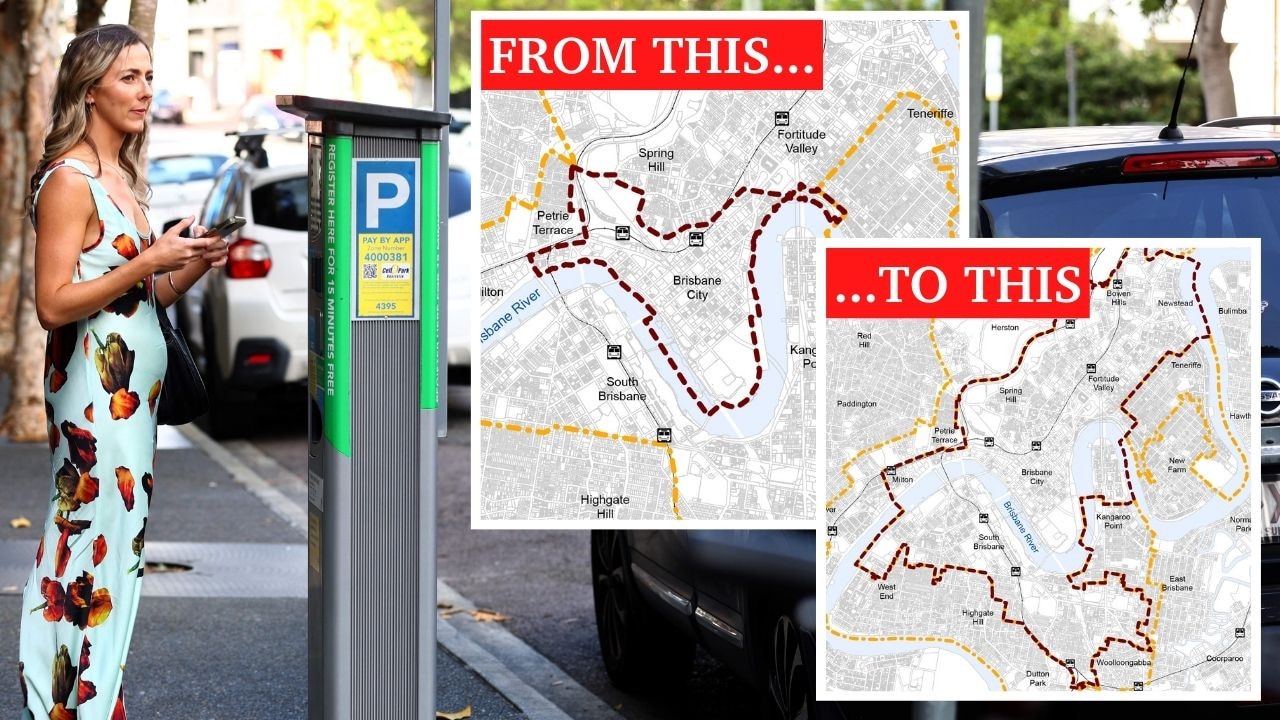New data reveals rising instances of fires involving lithium-ion batteries prompting safety calls
Lithium-ion batteries in everyday devices in Queensland homes are involved in an increasing number of fires, emergency service figures show, but there are steps you can take to minimise the risk.
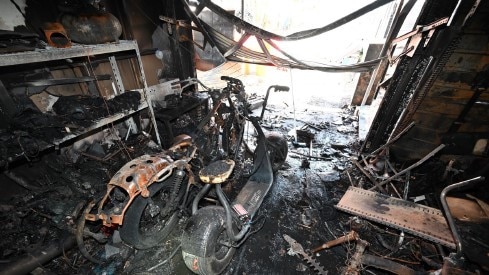
QLD News
Don't miss out on the headlines from QLD News. Followed categories will be added to My News.
Lithium-ion batteries in everyday devices at home are involved in a rising number of fires, as insurers warn severe fire claims exceeding $500,000 are becoming more common.
Firefighters responded to more than 10 blazes a month caused by lithium-ion batteries last year, with more than a dozen incidents already reported this year.
Major insurers say the growing popularity of lithium battery-powered devices was increasing the number of damage claims from them catching fire, with the scale of the blazes and loss of property becoming more significant.
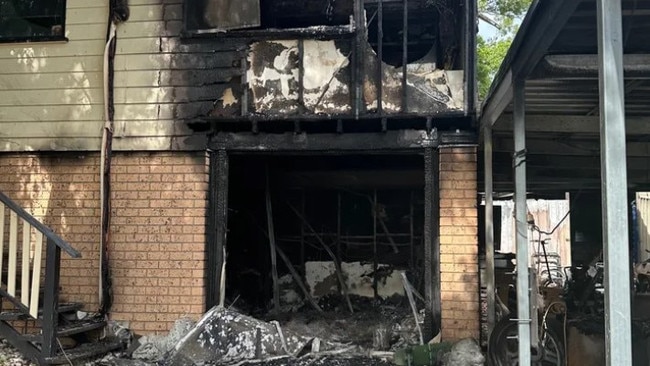
New data released by the Queensland Fire Department shows that firefighters have responded to 530 fires involving lithium-ion batteries since July 2021, with the number of callouts increasing year on year.
In the 2023-24 Financial Year (FY), firefighters responded to 183 fires, while they have responded to 121 fires in the 2024-25 FY to date.
Queensland Fire Department executive manager of fire safety Mark Halverson said lithium-ion battery fires have the potential to quickly get out of hand.
“The fires have the potential to rapidly evolve into a large fire, and indeed, in some circumstances, an explosion could happen,” Mr Halverson said.
“Some of those fires have been quite significant and have caused significant damage and injuries to persons.”
Major insurance providers in Queensland have noted an increase in the number of fires involving lithium-ion batteries and have policies in place to cover those types of fires.
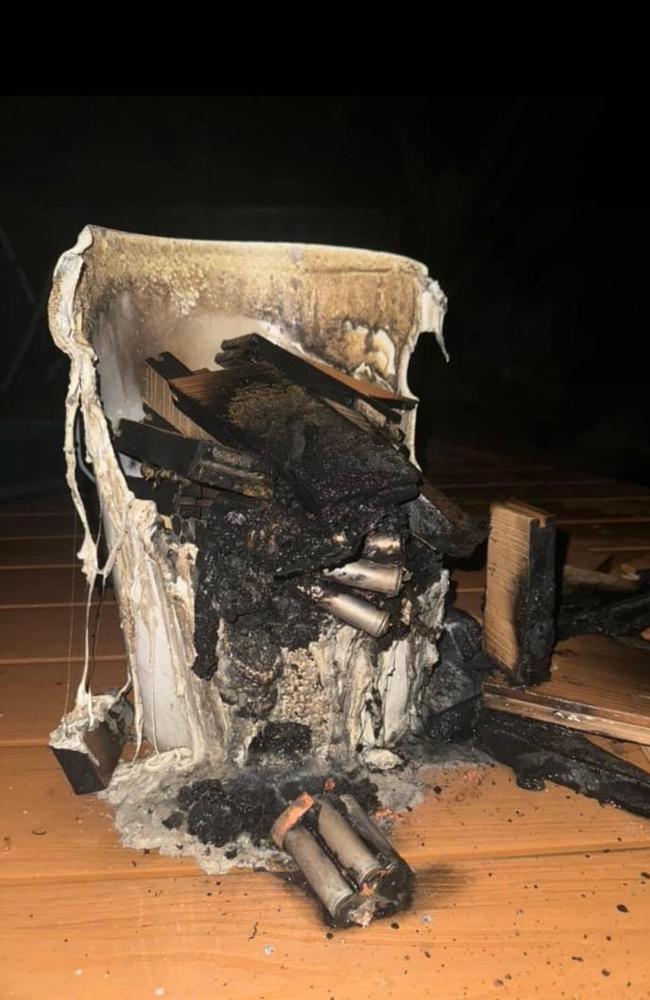
A Budget Direct spokeswoman said the insurance provider has noticed an increase in claims related to lithium-ion battery fires.
“The number of home and contents claims related to lithium ion battery fires has increased slightly in recent years, however more notably, the size of the related claims has become more significant,” the spokeswoman said.
A Youi spokeswoman said that lithium-ion battery fires are “an emerging trend that we are monitoring”.
A Suncorp spokeswoman said severe fire claims exceeding $500,000 were rising, largely due to the increasing popularity of lithium-ion battery products.
“As we’ve seen in fire claims over the past year, these batteries can catastrophically fail, leading to explosive fires that can engulf a home in minutes,” the spokeswoman said.
“This level of destruction often results in total loss claims from an insurance perspective, with multiple claims exceeding $500,000.”
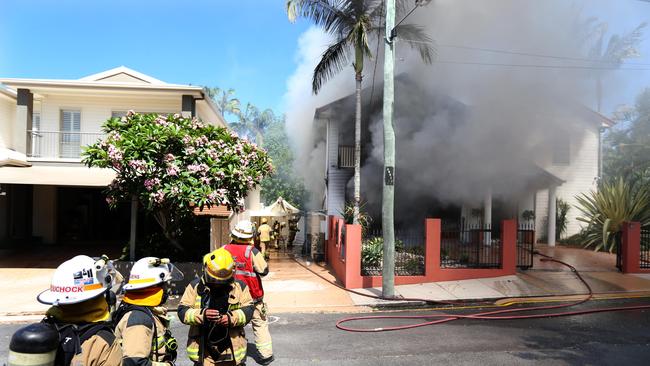
Lithium-ion batteries have been known to cause devastating fires in recent years.
Father-to-be Blake Whell was killed in a blaze after an e-scooter battery caught alight and caused the caravan that he and his pregnant partner Tomeka Willis were living in at a Wilbur St property at Logan Central to catch fire in March 2022.
According to an Australian-first study, e-scooter fires are the leading cause of burns unit admissions to the 18-bed Professor Stuart Pegg Adult Burns Centre at the Royal Brisbane and Women’s Hospital at 57 per cent.
Mr Halverson emphasised the importance of prevention in minimising the risk of lithium-ion battery fires and also shared some safety advice regarding monitoring the charging of devices.
“Prevention is always going to be the best defense against any type of fire, and people, if people undertake the following basic strategies, they minimise their risk significantly,” he said.
“Don’t ever charge overnight while you’re sleeping, don’t charge in direct sunlight or where there is or in an area that’s significantly hot, and don’t ever charge where there’s water present in the area.
“Personal mobility devices such as e-scooters and e-bikes should never be charged indoors, or it’s strongly recommended that they’re not charged indoors.
“Don’t charge in areas where there’s other combustibles, for instance, don’t charge your mobile phones or laptops while they’re sitting on bedding or lounges.”
More Coverage
Originally published as New data reveals rising instances of fires involving lithium-ion batteries prompting safety calls




